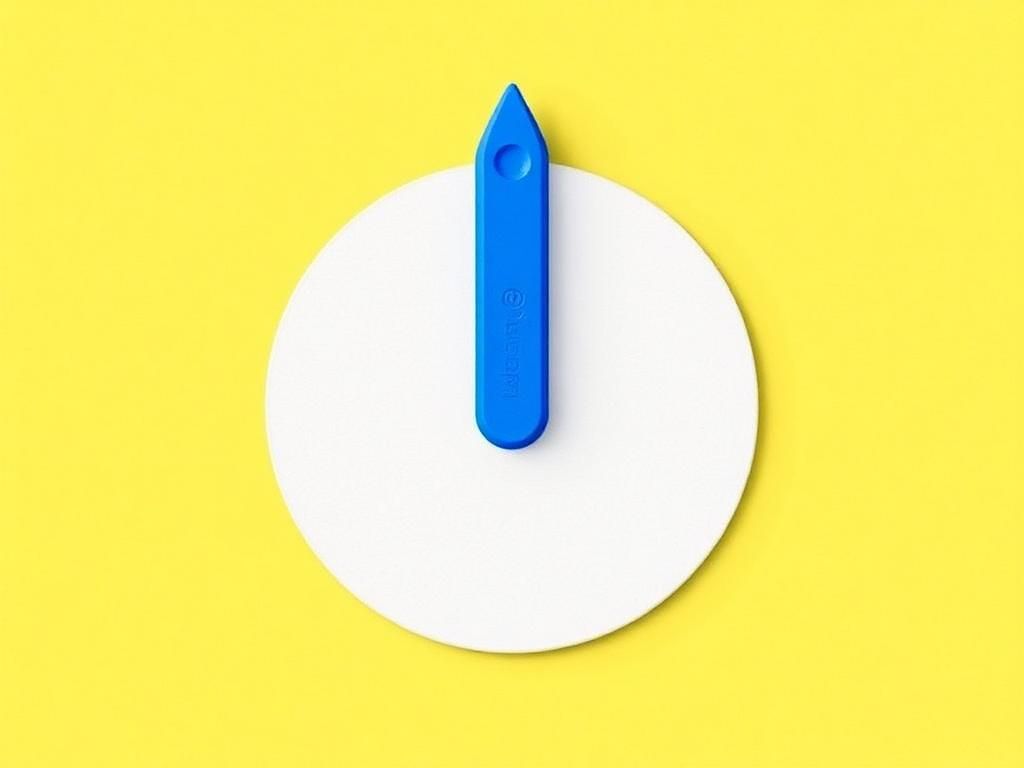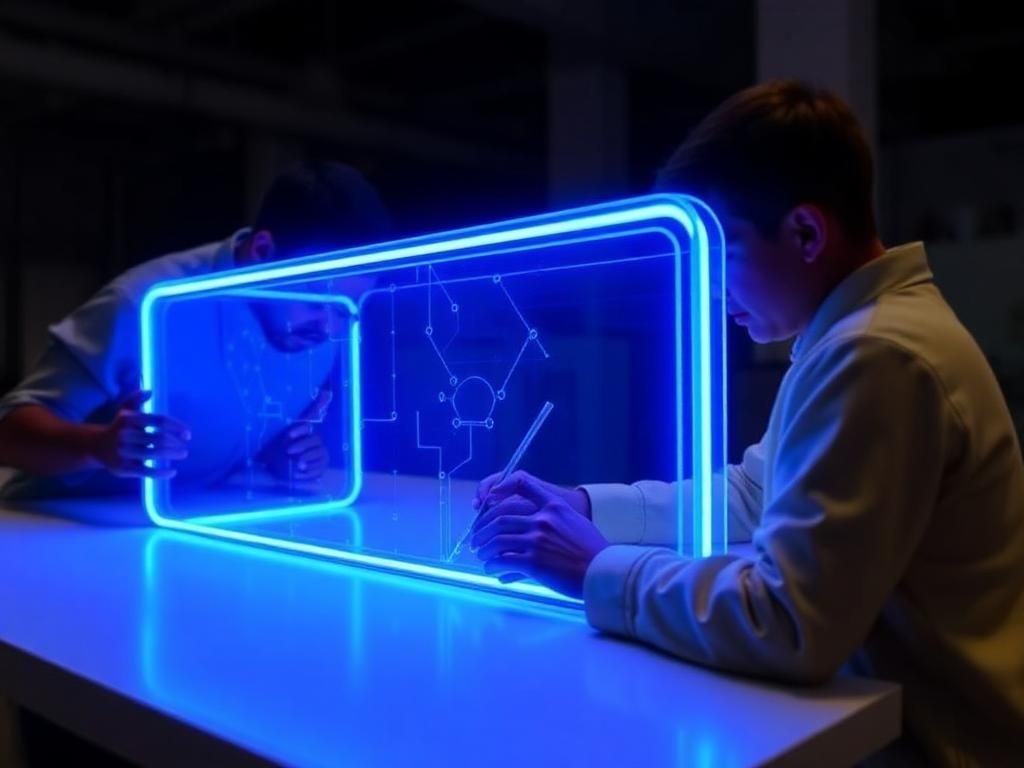The world of blue apparatus cursors is intricate and vital in today’s digital landscape. Cursors play an essential role in user interaction across various platforms, influencing both usability and aesthetic appeal. Understanding the significance of cursor design, especially those that utilize the calming essence of blue, can enhance user experience and engagement significantly. In this article, we’ll delve into the defining characteristics, applications, and future trends surrounding blue apparatus cursors.
Characteristics of Blue Apparatus Cursors
Color Psychology
The choice of color in blue apparatus cursors is pivotal for user perception. The color blue often conveys a sense of calmness and professionalism. This leads to positive associations that can enhance usability. Research has shown that colors affect mood and can lead to increased productivity. In a digital environment, this means that a well-designed blue cursor can improve user interaction by instilling confidence.
Design Aesthetics
When considering blue apparatus cursors, their design aesthetics play a crucial role. The visual contrast of a blue cursor against various backgrounds enhances visibility. For instance, in web design, a bright blue cursor can stand out against lighter backgrounds, facilitating easier navigation. Various design patterns such as rounded edges or slight gradients can be employed to give a modern look to these cursors, enhancing user engagement.
Types of Blue Apparatus Cursors
Standard Cursors
Standard blue apparatus cursors include common forms such as the arrow, pointer, and crosshair. Each type serves a specific function in user interface design, guiding users’ actions effectively.
Interactive Cursors
Interactive cursors are tailored for specific user actions. This includes hand cursors for clickable elements, text select cursors, and resize cursors. Each of these options can be designed in various shades of blue to maintain consistency with the overall design ethos.
Custom Cursors
Custom blue apparatus cursors allow for unique designs tailored to specific applications. For example, a gaming interface may use a customized cursor that matches the game aesthetics while utilizing a vibrant shade of blue to maintain visibility against intricate backgrounds.
Applications of Blue Apparatus Cursors
Web Design
In web design, blue apparatus cursors significantly enhance user experiences. Websites that utilize engaging cursor designs can improve navigation fluency. Popular platforms like Apple leverage a meticulously designed cursor that aligns with their minimalist aesthetic, showcasing the effectiveness of brand integration.
Software Development
Application interfaces benefit immensely from well-designed cursors. Successful case studies highlight how intuitive cursor behavior, such as feedback animations when hovering, can boost user satisfaction. This aspect of software development is often overlooked but can make a notable difference in usability.
Game Design
Within gaming, cursors do more than just serve a functional purpose; they contribute to the aesthetic experience. In fast-paced games, blue apparatus cursors can provide a sense of calm amidst chaos, making them an essential design element in maintaining player engagement.
Advantages of Using Blue Apparatus Cursors

Increased Visibility
One of the most significant advantages of blue apparatus cursors is their increased visibility. Due to the contrast provided by blue hues against various backgrounds, these cursors are easier to spot, enhancing user navigation experience.
User Preferences
Surveys have indicated a general user preference for blue cursors, correlating with studies on color psychology that emphasize the calming effects of blue. This trend underscores the need for designers to consider user preferences when selecting cursor colors.
Branding Opportunities
Utilizing blue apparatus cursors allows brands to align their cursor design with their identity. Innovative cursor designs can reinforce brand recognition, creating a seamless blend of function and identity in digital platforms.
Designing Effective Blue Apparatus Cursors
Best Practices
Designing effective blue apparatus cursors involves several best practices. Ensuring the right size and shape can dramatically improve user interaction. Cursors should neither be too small, making them hard to detect, nor too large, which may cause distraction. Adding subtle animations can engage users further, providing visual feedback during interaction.
Tools and Resources
To create custom blue apparatus cursors, designers can utilize various software tools such as Adobe Illustrator or GIMP. Numerous libraries and frameworks, like CSS or JavaScript libraries, support cursor design and can simplify the process of incorporating unique cursors into web applications.
Challenges and Limitations
Compatibility Issues
The deployment of blue apparatus cursors can be challenged by compatibility issues, especially across different operating systems and web browsers. Each platform might render cursors differently, which can hinder the user experience.
Accessibility Concerns
Accessibility must remain a priority in cursor design. Designers should consider users with color blindness and other visual impairments when choosing colors and shapes for blue apparatus cursors. Solutions might include adjustable cursor settings or alternative visual indicators to ensure inclusivity.
Over-saturation of Design Trends
As with many digital elements, cursors are subject to design trends that can lead to over-saturation. While innovative ideas can enhance user engagement, they must also prioritize usability. Balancing current trends with functional design is critical for effective blue apparatus cursors.
Future Trends in Cursor Design
Dynamic Cursors
Looking ahead, dynamic cursors that adapt based on user interaction are on the horizon. Such designs could respond to contextual needs, offering personalized user experiences that enhance engagement with blue apparatus cursors.

Integration with AR/VR Interfaces
As technology evolves, integrate blue apparatus cursors into AR and VR interfaces appears inevitable. These immersive experiences can redefine how cursors function, presenting exciting opportunities for innovative design methodologies.
Emerging Technologies
AI-driven cursor customization is another emerging trend. Machine learning algorithms could personalize cursor appearances based on user behavior and preferences, creating a tailored user interface that maximizes engagement.
FAQs about Blue Apparatus Cursors
What are blue apparatus cursors?
Blue apparatus cursors are designed primarily in shades of blue, enhancing visibility and user interaction in digital platforms.
Why are blue cursors preferred?
Research indicates that many users find blue cursors calming, leading to increased productivity and better user experiences.
How do blue cursors affect web design?
They can improve navigation and engagement by providing clear visual indicators, making websites more user-friendly.
What software can be used for cursor design?
Software like Adobe Illustrator and GIMP are great for creating custom blue apparatus cursors.
Are there accessibility considerations with cursor design?
Yes, it’s essential to consider color blindness and visual impairments, ensuring that cursors remain visible and functional for all users.
Can blue cursors be integrated into games?
Absolutely! In gaming, they can enhance the aesthetic experience and maintain user focus during gameplay.
What challenges exist with using blue cursors?
Challenges include compatibility issues across platforms and balancing design trends with usability.
What future trends can we expect in cursor design?
Future trends may include dynamic cursors, AR/VR integration, and AI-driven customization to enhance user interaction.
How do blue cursors impact branding?
They can create a consistent brand identity, embedding brand recognition into the user experience through thoughtful design.
| Feature | Description | Benefit |
|---|---|---|
| Color Psychology | Blue conveys calmness and professionalism. | Increased user satisfaction and productivity. |
| Visibility | Enhanced contrast against backgrounds. | Easier navigation for users. |
| Branding | Alignment with brand identity. | Reinforced brand recognition. |
| Dynamic Design | Cursors that adapt to user interaction. | Personalized user experiences. |
| Accessibility | Consideration for color blindness. | Inclusive designs for all users. |
References
For further reading and insights on color psychology and UI/UX design, you may explore resources like Smashing Magazine’s Guide to Color Psychology and Nielsen Norman Group’s contrast accessibility article. These materials provide valuable perspectives on effective cursor designs and the role of color in user interfaces.